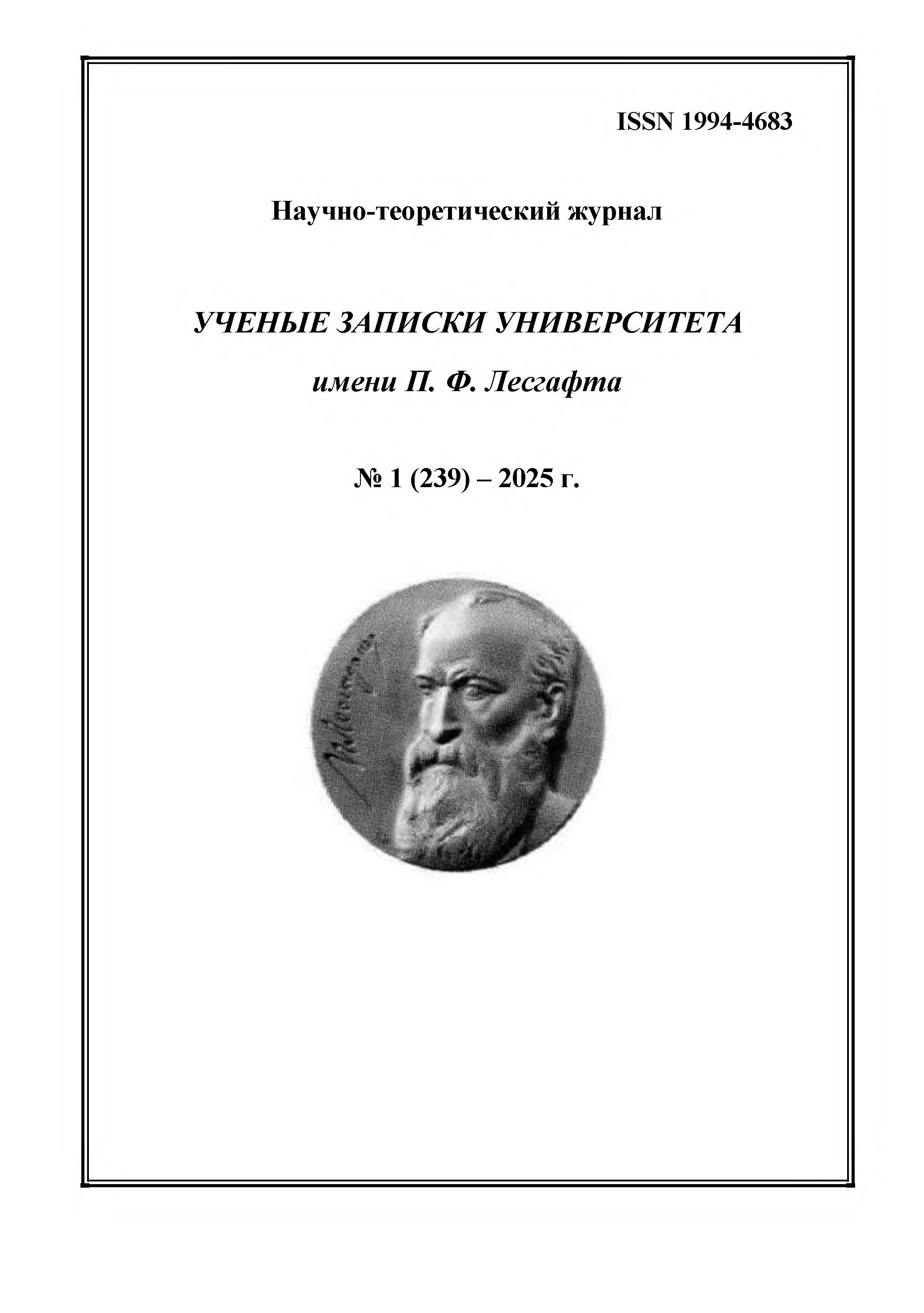Smolensk, Smolensk, Russian Federation
Smolensk, Smolensk, Russian Federation
UDC 615.82
CSCSTI 76.35
The purpose of the study is to reveal the characteristics of the rehabilitation of cancer patients who have undergone mastectomy, under the influence of the developed physical rehabilitation methodology. Research methods and organization. The dynamics of the physical condition of women who underwent mastectomy were studied: the volume of the upper limbs was measured to calculate the extent of lymphedema; the range of motion in the shoulder joint (flexion and abduction) was determined using a goniometer; testing was conducted using the Disabilities of the Arm, Shoulder, and Hand (DASH) questionnaire. Measurements were taken before and after the course of physical rehabilitation. Research results and conclusions. It has been proven that the phenomena of post-mastectomy syndrome can be corrected through physical rehabilitation methods, even when conducted at a later stage. Independent engagement in therapeutic physical culture without the intervention of a specialist has limited effectiveness. However, complete recovery through physical rehabilitation is likely not achievable. The pedagogical and andragogical characteristics of adult education allow for independent practice of therapeutic exercises.
physical rehabilitation, mastectomy, oncology, lymphedema, breast cancer, therapeutic physical culture, qigong
1. Kashirina E. P., Komarov R.N., Vychuzhanin D. V. (2021), “Surgical treatment of breast cancer. Historical development and the modern picture (literature review)”, Creative surgery and Oncology, No. 3 (11), pp. 220–227, DOIhttps://doi.org/10.24060/2076-3093-2021-11-3-220-227.
2. Shadrina I. N., Lopatkina A. A., Makienko A. A. (2020), “The evolution of surgical interventions in breast cancer”, Bulletin of medical Internet conferences, No. 2 (10), pp. 65–66.
3. Klimova M. O. (2023), “Quality of life in women diagnosed with breast cancer who underwent sectoral resection or mastectomy”, Topical issues of personal well-being: psychological, social and professional contexts, Proceedings of the All-Russian Scientific and Practical Conference, Khanty-Mansiysk, Yugorsky State University, pp. 233–238.
4. Churbakova V. A., Aivazova D. S. (2022), “Pathophysiological changes due to radical mastectomy and rehabilitation methods”, Symbol of Science: international scientific journal, No 5-2, pp. 92–95.
5. Orlov I. I., Grushina T. I. (2023), “Methods of rehabilitation of breast cancer patients with limited movement in the shoulder joint on the radical side”, VIII Pirogov Forum of orthopedic traumatologists, Collection of materials, Moscow, Kazan, Praktika Medical Publishing House, p. 252.
6. Timchenko T. V., Sagidova K. M. (2021), “Rehabilitation of elderly women after mastectomy in the long-term postoperative period”, Physical culture and health, No. 4 (80), pp. 182–184, DOIhttps://doi.org/10.47438/1999-3455_2021_4_182.
7. Tuchik E. S., Shvedov N. S., Ivanenko T. A. (2020), “Kinesiotherapy method in patients after radical mastectomy”, Malignant tumors, No. 3S1 (10), pp. 130–131.
8. Khetagurova A. K., Miryusupova G. F. (2018), “Organization of rehabilitation of patients after mastectomy”, Problems of social hygiene, public health and the history of medicine, No. 3 (26), pp. 160–163.
9. Dolgikh V. T., Karasev V. E., Yershov A.V. (2020), “Restoration of shoulder joint functions in the long-term period of rehabilitation of women who underwent surgery”, Bulletin of Surgut State University. Medicine, No. 2 (44), pp. 87–91, DOIhttps://doi.org/10.18821/0869-866X-2018-26-3-160-163.
10. Ali K. M., El Gammal E. R., Eladl H. M. (2021), “Effect of Aqua Therapy Exercises on Postmastectomy Lymphedema: A Prospective Randomized Controlled Trial”, Annals of rehabilitation medicine, No 2 (45), pp. 131–140, DOIhttps://doi.org/10.5535/arm.20127.







